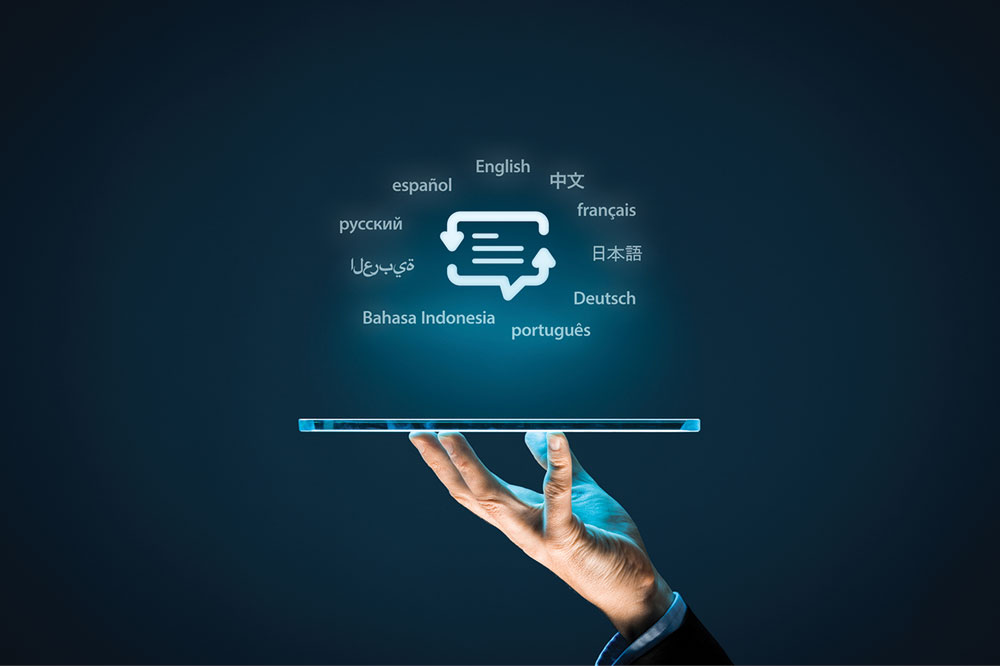Comprehensive Guide to Selecting the Best Translation Management Software for Your Business
This comprehensive guide provides essential tips for selecting the best translation management software, highlighting key features like ease of use, system compatibility, security, scalability, and top software options. Perfect for international businesses aiming to streamline their localization processes and expand globally, the article offers expert advice and detailed comparisons to help organizations make informed decisions.

How to Choose the Perfect Translation Management Platform: Expert Strategies and Top Recommendations
This comprehensive guide is designed to help international businesses understand the critical factors involved in selecting the ideal translation management software. As companies expand globally, the need for accurate, efficient, and reliable translation solutions becomes indispensable. The right software streamlines the entire process of localizing content, from product descriptions to user interfaces, ensuring consistency across languages while reducing manual effort and error rates.
Ease of Installation and User Experience
Selecting a translation management system that is easy to install and simple to use can significantly enhance operational efficiency. Complex installation procedures can cause delays and require additional resources, whereas intuitive, user-friendly interfaces promote quick adoption among team members. When staff can navigate the platform without extensive training, it ensures smooth workflow integration and faster project turnaround times.
System Compatibility and Seamless Integration
One crucial aspect of selecting translation software is its ability to integrate seamlessly with your existing digital infrastructure. This includes content management systems (CMS), customer relationship management (CRM) platforms, marketing automation tools, and storage solutions. Compatibility through APIs (Application Programming Interfaces) facilitates smooth data flow, prevents disruptions, and ensures that translation processes do not interfere with other operational systems. Proper integration reduces manual data entry, minimizes errors, and accelerates project completion.
Utilize Translation Memory (TM) Capabilities
Effective translation management tools incorporate translation memory technology. TM stores previously translated content, which can be reused for similar or identical texts in future projects. This not only guarantees consistency across all translated materials but also significantly speeds up the localization process. Quick retrieval of past translations improves accuracy and enhances overall productivity, especially for projects with recurring content.
Prioritize Data Security and Privacy
Handling sensitive information, including customer data, proprietary content, and confidential documents, necessitates robust security measures. Look for systems that implement advanced security features such as two-factor authentication, data encryption (both in transit and at rest), and compliance with industry regulations like GDPR or HIPAA. Ensuring data security minimizes the risk of breaches, protecting your company's and clients’ confidential information.
Scalability and Flexibility for Business Growth
As your company expands into new markets, your translation needs will increase correspondingly. Selecting a scalable platform allows your organization to handle larger volumes of content and more users without sacrificing performance. Flexible systems accommodate additional languages, dialects, and integration needs, ensuring that your translation infrastructure evolves in tandem with your business growth.
Customer Support and Technical Assistance
Reliable customer support is vital to mitigate operational disruptions caused by system glitches or technical issues. Choose providers with a proven track record of quick and effective support services. Prompt assistance reduces downtime, preserves project timelines, and maintains seamless workflow, which is essential for meeting deadlines and ensuring client satisfaction.
Cost Effectiveness and Budgeting
Translation management software pricing varies, with subscription models typically ranging from $15 to $150 per month depending on features and user counts. Carefully evaluate the offering’s value relative to its cost. Consider factors such as automation capabilities, integration options, support services, and scalability to select a solution that delivers optimal return on investment within your budget constraints.
Top 5 Translation Management Platforms
Smartling
Smartling stands out as a cloud-based solution leveraging artificial intelligence (AI) to enhance translation and localization processes. It offers an intuitive dashboard that tracks URL traffic, project status, and detailed analytics, making it easier for teams to monitor progress and optimize workflows.
Phrase
Known for its user-friendly interface, Phrase delivers scalable translation services powered by AI technology. Its flexible architecture supports integrations with various systems, making it suitable for organizations of all sizes.
Lokalise
Lokalise excels in offering flexible workflows, easy system integrations, and automated quality checks. It promotes collaboration among teams, maintains translation consistency, and reduces manual errors through automation.
Transifex
Transifex provides automated translation workflows, content publishing capabilities, and tools for quality assurance. Its features help streamline localization projects and ensure accurate, contextually appropriate translations.
Pairaphrase
Supporting over 60 languages and various file formats, Pairaphrase is recognized for its extensive language options and high processing capacity. It is particularly suitable for businesses with diverse localization requirements.
Choosing the right translation management software involves assessing your company's unique needs and future growth plans. By considering factors such as ease of use, compatibility, security, scalability, support, and cost, businesses can select a platform that enhances global communication and operational efficiency, ensuring successful international expansion.




